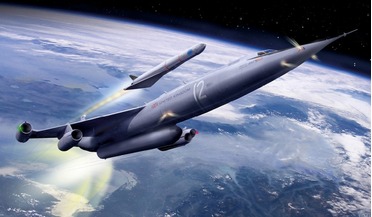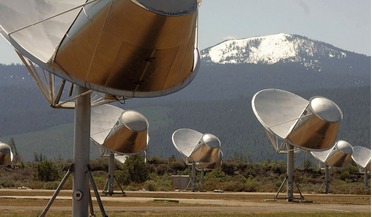 May 2021
In-situ propellant design for Mars ascent vehicles
May 2021
In-situ propellant design for Mars ascent vehicles
... impractical as they would require infeasibly large inlets. Likewise, condensed phase combustion products make the turbojet engine inadequate and an infeasibly high speed vehicle is needed for ramjet operation. This leaves rocket propulsion systems...
 16 November 2018
Black Arrow looks to raise £120,000 with crowdfunding campaign
16 November 2018
Black Arrow looks to raise £120,000 with crowdfunding campaign
... Technologies is a start-up space company that is looking to raise £120,000 to help build their proof-of-concept rocket engine. Managing Director, Paul Williams who, with a highly experienced team of space, aerospace and Formula 1 professionals, are...
 May 2018
Challenging the boundaries of materials science
May 2018
Challenging the boundaries of materials science
... flammability, but it is the particular operational environment that will determine which tests are applicable. Skilled materials engineers and their associates are needed to manage and control such lists. Thermal cover returned from a space...
 July 2019
Science and sensation in microgravity
July 2019
Science and sensation in microgravity
... angle of 47 degrees has been reached, the thrust and engine speed are cut back significantly. This moment, called the ‘...team comprises three pilots, four safety attendants, flight engineers, one cameraman, two photographers and four ZeroG instructors...
 October 2019
Time to overcome the expendable rocket mindset
October 2019
Time to overcome the expendable rocket mindset
.... A typical trajectory is shown in the graph. Ascender would accelerate to Mach 1.8 using only its jet engines before its rocket engine is started and it pull up to a climb angle of 70 degrees. It would then accelerate on this steep climb to a speed...
 August 2020
Interstellar aspirations
August 2020
Interstellar aspirations
... potential for an Isp of several hundred thousand, which just begins to make interstellar missions plausible. The first engineering attempt to build a fusion-propelled rocket, based on Freeman Dyson’s Orion concept, began in the late 1950s. Dr Dyson...